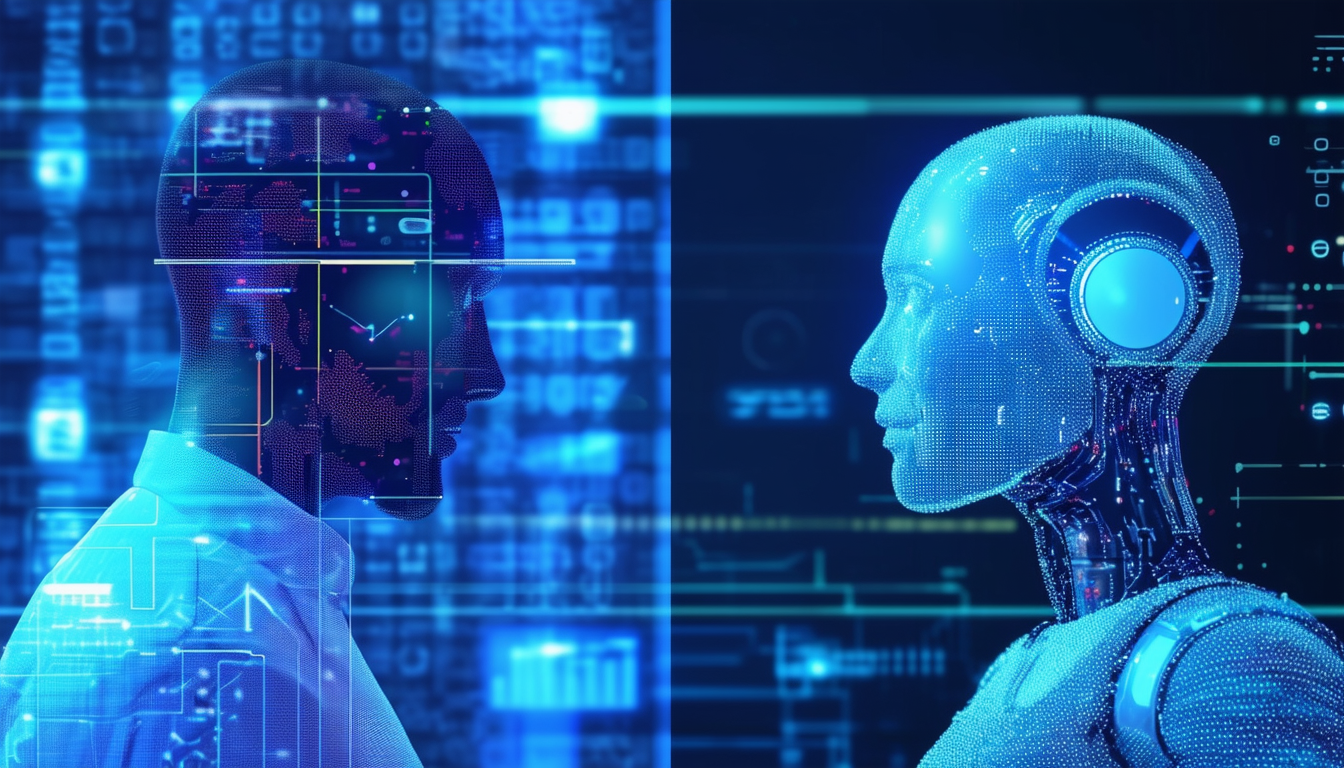The Evolution of Interpreting: From Analog to the Digital Era
 Chris Thomas
·
2 minute read
Chris Thomas
·
2 minute read

Dive into the transformative journey of interpreter services from traditional methods to the digital age.
The Birth and Growth of Traditional Interpretation
Three decades ago, the landscape of interpreter language services was markedly different. Traditional interpretation was primarily conducted in person, with interpreters physically present to facilitate communication between parties. This necessitated meticulous planning to coordinate schedules and locations. Trust and professionalism were paramount, as interpreters served as crucial bridges in diplomatic, legal, and medical settings, ensuring accurate and confidential communication.
The professionalisation of interpreting grew through rigorous certification programs and the establishment of industry standards. Interpreters honed their skills through specialised training, focusing on deep cultural understanding and ethical practices. The industry's growth was a testament to the human capacity to bridge linguistic divides and foster connections.
Breaking Language Barriers: The Rise of Technology in Interpretation
The rise of technology marked a pivotal shift in interpreter services. Innovative tools began to streamline processes and enhance service delivery. Telephonic interpreting emerged as a game-changer, enabling interpreters to provide their expertise remotely. This breakthrough significantly increased accessibility and efficiency, as language support could now be provided promptly, regardless of geographical constraints.
The adoption of technology also introduced new training opportunities for interpreters, who could now leverage digital resources to stay abreast of industry developments and refine their skills. Trustworthy and supportive, the industry embraced these advancements, recognising their potential to expand and improve services.
Virtual Platforms and Software: The New Era of Digital Interpretation
Today's digital era has ushered in a new paradigm for interpreter services. Virtual platforms and sophisticated software solutions enable interpreters to connect with clients via video conferencing, offering a near-in-person experience without the need for physical presence. Professional interpreters adeptly navigate these platforms, providing seamless services across diverse sectors.
The industry has become more supportive and adaptable, leveraging digital tools to meet the evolving demands of global communication. The transformation from analog to digital has not only increased the scope of interpretation services but has also fostered an environment of continual innovation and professional excellence.
The Impact of AI and Machine Learning on Interpretation Services
The integration of Artificial Intelligence (AI) and Machine Learning (ML) into interpretation services has been a significant leap forward. AI-driven language solutions offer real-time translation and interpretation, enhancing the speed and reach of services. While machine assistance is on the rise, the nuanced understanding and cultural sensitivity of human interpreters remain irreplaceable.
Trustworthy and professional, the interpreter community remains at the forefront of this technological transformation, ensuring that AI tools are used responsibly and augmenting their human expertise. As the technology matures, it is expected to become an even more supportive element in the complex tapestry of language services.
Future Trends and Predictions in Interpreter Services
Looking ahead, the trajectory of interpreter services is optimistic and geared towards further innovation. Predictions include the proliferation of AI-enhanced interpretation, greater integration of language services into digital platforms, and the continuous development of specialised interpretation niches. The future holds a promise of even more personalised and accessible interpreter services, tailored to the specific needs of clients.
The industry's commitment to innovation, trustworthiness, and professionalism will ensure that interpreter services not only keep pace with technological advancements but also set new standards in effective and respectful communication. As we move forward, the interpreter's role will evolve, but the essence of bridging human connections across languages will undoubtedly remain constant.












.png)
